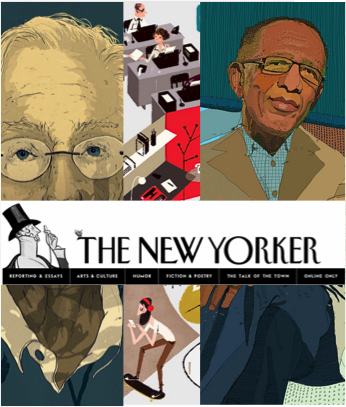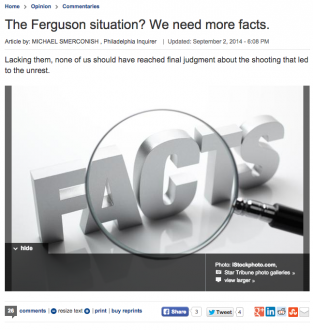
New & Noteworthy
TSP board member Caroline Garland‘s latest Discovery on work by Andréa Becker covers some research on the different experiences of pressures of hysterectomies towards cis women, women of color, and non-binary communities.
This week’s Clippings includes Zeynep Tufekci‘s op-ed for the New York Times on the media frenzy surrounding Kate Middleton’s disappearance from the public eye, Anna Mueller and Seth Abrutyn’s upcoming book Life Under Pressure: The Social Roots of Youth Suicide and What to Do About Them in Mirage News, Haley McEwen in DW – South Africa on how US fundamentalist Christian churches are promoting negative sentiments against LGBTQ+ people and abortion rights in Africa, Michael Burawoy‘s profile on the life of South African sociologist Edward Webster, and Greg Yudin in The New York Times on the upcoming election in Russia.
From the Archives
Last week 70 companies in the U.S. closed their doors to demonstrate support of paid family and medical leave. Read this piece by the Council on Contemporary Families on some of the strains of intensive parenting and the need for expanded parental leave.
Immigration in Texas continues to put a strain on immigrating families and institutions. Read our recent piece by Leo LaBarre on research by Michael T. Light, Jason P. Robey, and Jungmyung Kim about the prosecution of immigrants to learn about the differences between California and Texas policies.
More from our Partners & Community Pages
First Publics has a new Reflections by our very own Douglas Hartmann which covers the balance of old school teaching strategies and modern elements, and Bernadette Ludwig, Susan Rakosi Rosenbloom, and and Kristin Kenneavy share insights to junior faculty on community-based learning courses.
Context’s Elena van Stee spoke with Benjamin Shestakofsky on his latest book Behind the Startup: How Venture Capital Shapes Work, Innovation, and Inequality – check it out here.
Best for Whom? Breastfeeding and Child Development by Jessica Houston Su on the Council on Contemporary Families covers some of the benefits of breastfeeding and the need for reducing barriers.
give theory a chance has a new release, Hannah McCann on Judith Butler, covering Butler’s theorizing of sex and gender and some of the recent attacks.








